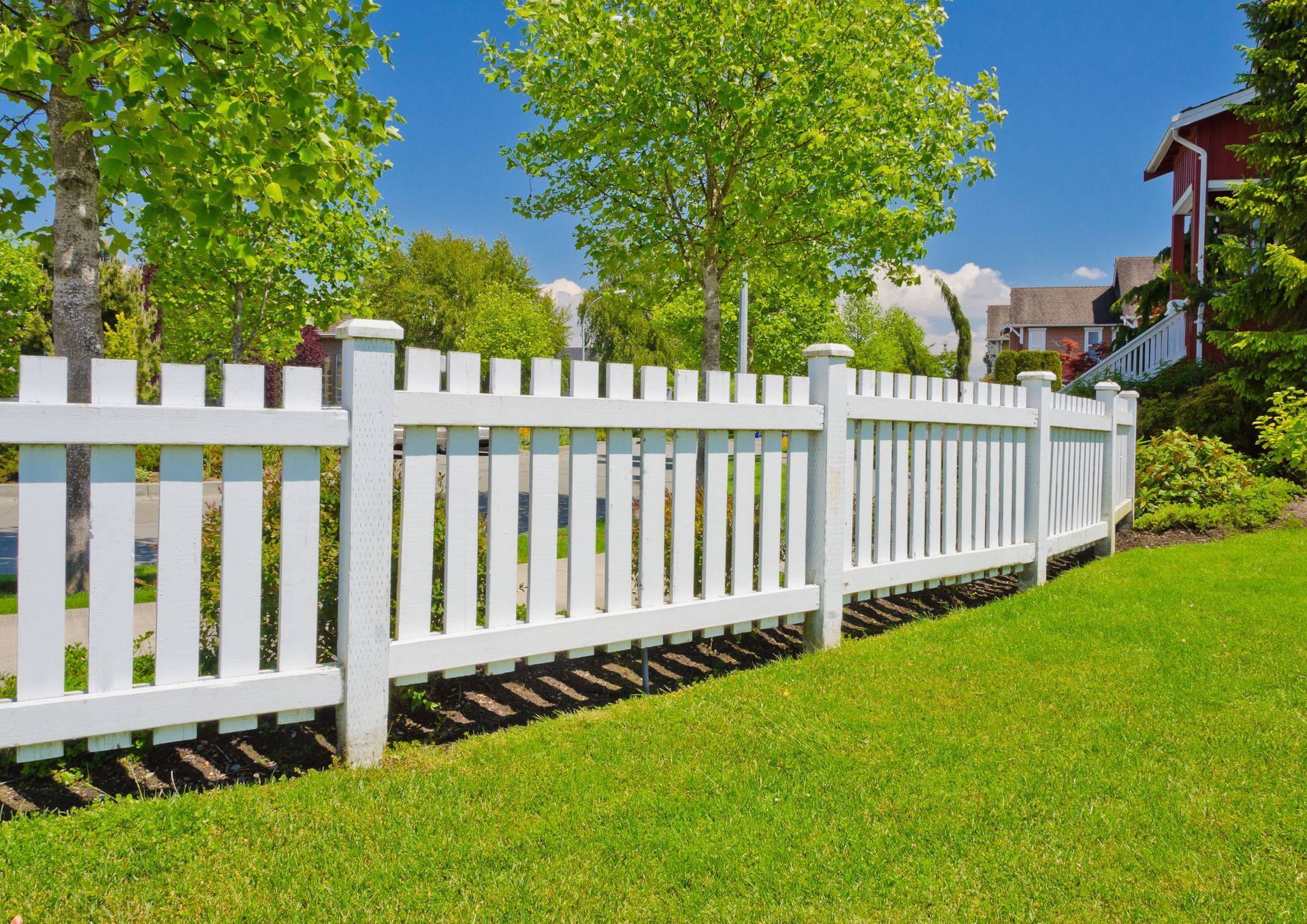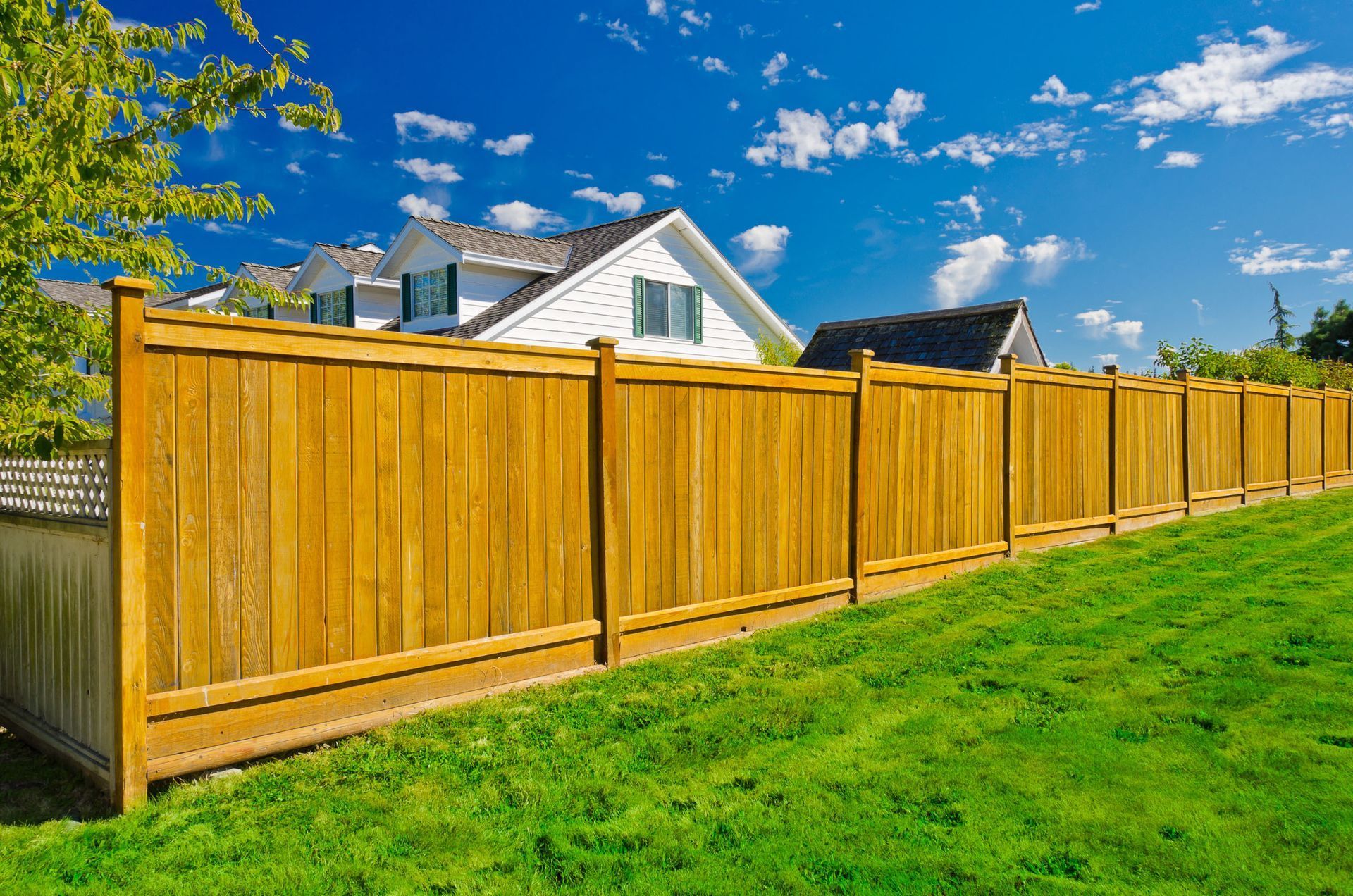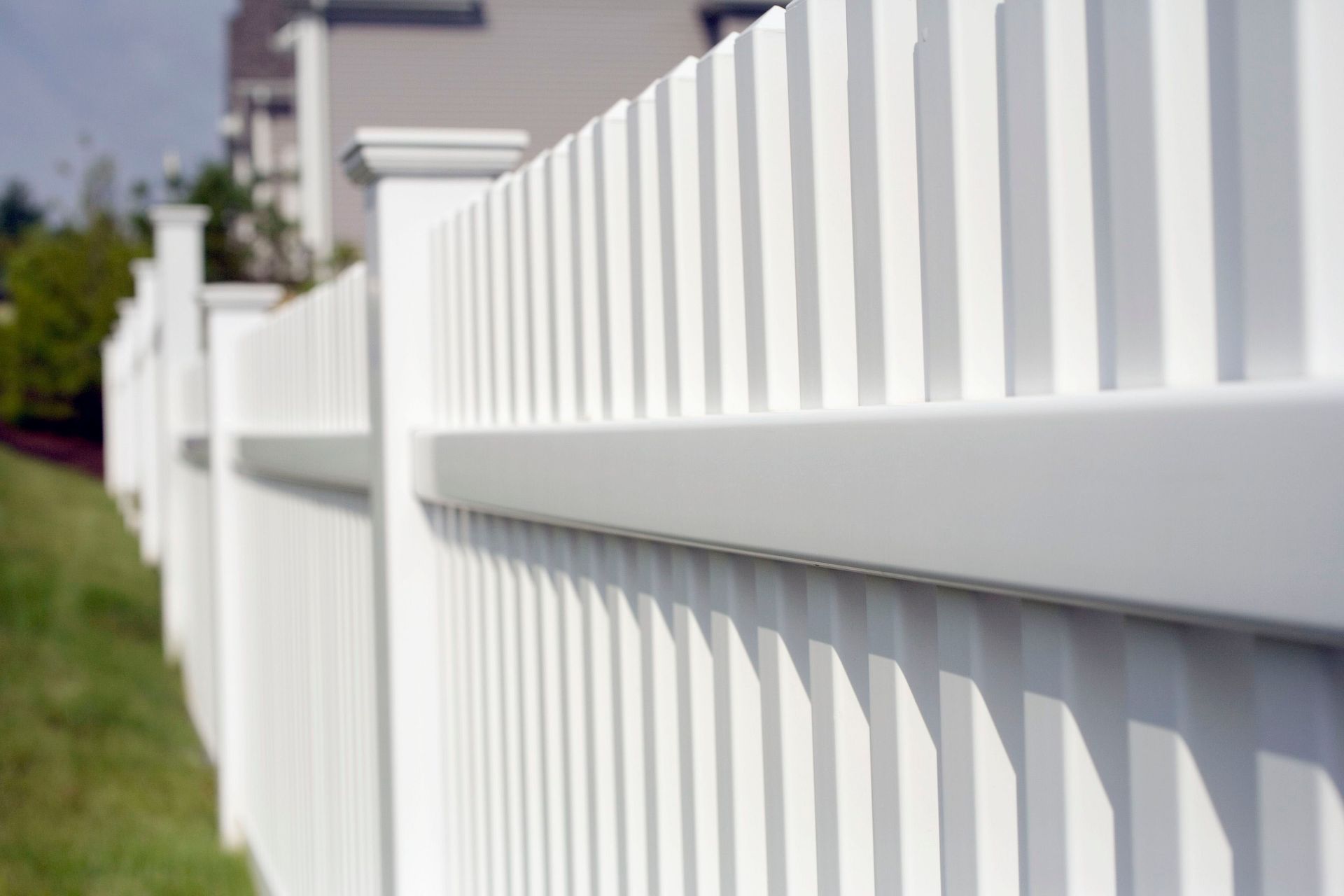September 25, 2025
Fence installation is a project that many homeowners undertake for reasons ranging from privacy enhancement to property aesthetic improvement. Yet, while the end result often justifies the effort, the journey can unfold a series of challenges that many do not anticipate. Navigating the logistical and financial aspects of fence installation requires foresight and thorough preparation. Here are several key considerations that homeowners frequently overlook, potentially derailing their plans and affecting their budgets.
1. Understanding Local Zoning and Property Laws
The first consideration often missed is the comprehensive understanding of local zoning and property laws. Many homeowners assume they can install a fence wherever they please, only to encounter legal hurdles when local regulations stipulate otherwise. These laws may dictate specific fence heights, materials, or even the distance from property lines that a fence must respect. Ignoring these regulations not only risks financial penalties but also necessitates costly adjustments or removals, wasting time and resources.
It's also worth noting that some neighborhoods with homeowners' associations (HOAs) may impose additional rules on fencing styles, colors, and dimensions. These requirements are often stricter than municipal codes and can lead to fines or mandated removals if not followed. Before committing to any design or material, homeowners should carefully review all applicable codes and association guidelines to prevent unnecessary setbacks.
2. Knowing Exact Property Lines
Secondly, the importance of knowing the precise property lines cannot be overstated. Assumptions based on visible markers or casual estimates may lead to disputes with neighbors. An unintentional incursion onto a neighbor's land can prompt legal issues, forcing a relocation of your newly installed fence. To avoid such disputes, homeowners should always consult a professional surveyor to confirm their property boundaries, even if this incurs additional upfront costs.
Taking this precaution not only prevents conflict but also strengthens relationships with neighbors. Informing them about your installation plans and showing proof of accurate property boundaries fosters transparency and reduces the likelihood of disputes. This proactive communication often leads to smoother project execution and can even open up opportunities for cost-sharing if neighbors are considering fence projects of their own.
3. Budgeting for Full Costs
Costing is another critical element that can catch homeowners off guard. According to HomeAdvisor, labor expenses for
fence installation
generally average $1,600 and usually make up half of the overall project cost. Despite anticipating material costs, many overlook the impact of labor fees, which can escalate quickly depending on the project's complexity. Homeowners should budget thoroughly, considering unexpected expenses, and obtain multiple quotes from contractors to ensure they are making a cost-effective decision without compromising on quality.
Additional costs can also include permits, equipment rentals, disposal fees for old fencing, and even landscaping repairs after installation. Many homeowners only consider the upfront price of materials, but failing to account for these hidden expenses often leads to budget strain. A detailed budget plan, complete with contingency funds, helps prevent unpleasant surprises and ensures the project can be completed without financial stress.
4. Considering Landscaping Impact
Additionally, the potential impact on landscaping is often not considered until it is too late. Installing a fence can disrupt and damage existing gardens, trees, or other landscape features that add value and beauty to a home. Thoughtful planning is crucial to identify how a fence will fit with the current landscape, allowing homeowners to make adjustments to their plans to preserve their yard's aesthetics and health. In some cases, opting for specific designs or materials can minimize landscape damage and enhance the overall appeal.
For example, choosing a fence style that allows airflow and sunlight can prevent unintentional damage to nearby plants. Consulting with a landscaper before installation can also provide valuable insight into preserving greenery, especially for properties with mature trees or carefully designed garden beds. This added planning ensures that the fence complements rather than detracts from the outdoor environment.
In conclusion, while the installation of a fence can significantly enhance a home's privacy, security, and value, a successful project requires meticulous planning and consideration of various factors. From understanding local regulations and measuring property lines accurately, to budgeting wisely and planning for landscape and maintenance needs, a little attention to detail can save homeowners time, stress, and money. By anticipating these often-overlooked aspects, homeowners can ensure a seamless installation process and enjoy the benefits of their new fence for years to come. Call BlueBird Fence Inc today to get started!






